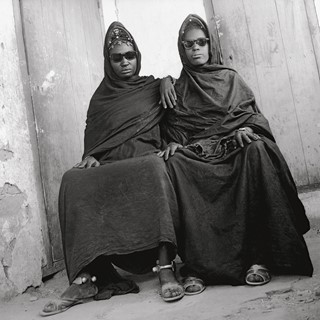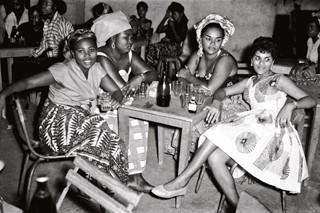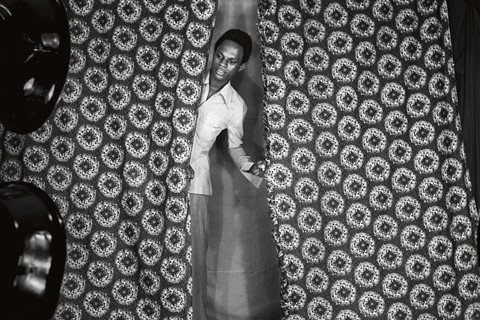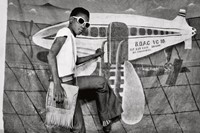Adapted from her hit course at The New School, Amy Sall’s new book The African Gaze makes for an accessible yet intellectually rigorous reading experience
Writer, researcher and archivist Amy Sall grew up celebrating her Senegalese heritage. Her parents spoke Wolof and her father’s library held titles by writer and titan of African cinema Ousmane Sembène. “It was instilled in us to respect who we are and where we came from,” says Sall.
Sall has been a devoted pupil – and ardent promoter – of African visual culture and history ever since stumbling across a film by Sembène as an undergraduate at The New School in New York City. In 2015, she founded SUNU: Journal of African Affairs, Critical Thought + Aesthetics, a Pan-African platform that explores “the artistic, cultural, and intellectual production of Africa and the diaspora across time and space.” SUNU combined Sall’s interest in human rights, cinema and photography and offered a venue to share the archival material she found in her research.
Later, while teaching at The New School, Sall’s course The African Gaze: Visual Culture of Postcolonial Africa and the Social Imagination, became a hit. The syllabus, which was devoted to exploring “anti-colonialism, colonialism, liberation, self-preservation and self-fashioning” through African photography and film, went viral when Sall made it public in the fall of 2020. She’d been flooded with interest from strangers over the years, who messaged asking for links or to sit in on her class. The intense response to the syllabus galvanized Sall. “I had messages from folks who were getting together at their local bookstore every week to study.” But in 2020, Sall decided to stop teaching classes. “I wanted to figure out a way to make the work I was doing more accessible,” she says. That desire led to the creation of a comprehensive book, Sall’s first, based on her class.
The African Gaze, published by Thames & Hudson, spans more than 20 countries on the continent and covers 50 artists in total (25 filmmakers and 25 photographers). “I knew it would be impossible to cram the entire history of African cinema and photography into the book,” says Sall of her editorial strategy, which cast the net as wide as geographically possible. “I didn’t want to fall into this trap of just focusing on West African image-makers. I wanted to come at this from a Pan-African ethic.”

Sall’s expertise and reverence for African culture makes for an accessible yet intellectually rigorous reading experience. The African Gaze includes an introduction by professor and historian Mamadou Diouf, essays by scholars Zoé Samudzi and Yasmina Price and interviews with photographer Samuel Fosso and Malian film director Souleymane Cissé. Sall collaborated with Ben Prescott Design, who bought on Black-owned foundry Vocal Type for the book’s typeface; the pages alternate between soft pink, dusty blue and grey, an homage to photographer Malick Sidibé’s Chemises series.
The African Gaze features more known image-makers – Seydou KeÏta, Haile Gerima and of course Sembène – but also prioritises those who are likely unfamiliar. “I wanted to bring light and visibility to image-makers who have not been widely represented, showcased or spoken about enough,” explains Sall. One such image-maker is Malian photographer Mountaga Dembélé, who mentored Seydou Keïta and trained many photographers in the Bamako region. “You can’t talk about Seydou KeÏta without talking about Mountaga Dembélé and Keïta is the name that’s probably most well-known when it comes to African portraiture or vernacular photography,” says Sall. The African Gaze highlights other significant mentors like Senegalese filmmaker Paulin Soumanou Vieyra, who was Sembène’s mentor.
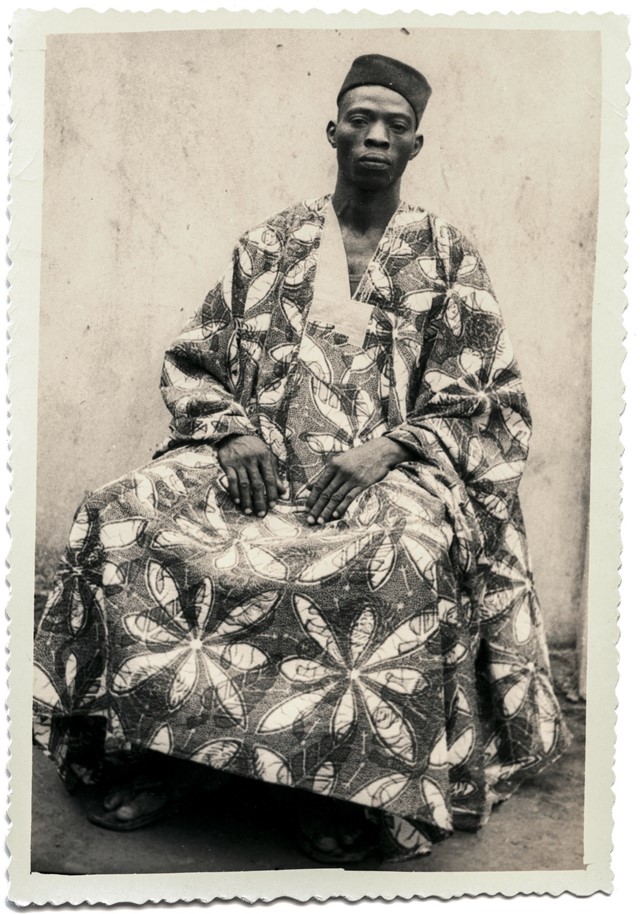
A desire for self-creation binds the image-makers in The African Gaze. All question and counter a Western gaze and, through their work, assert the significance of their culture and history. In the case of African cinema, many practitioners, influenced by anticolonial thinkers such as Frantz Fanon, Amilcar Cabral and Aimé Césaire saw the camera as a tool for liberation and as key to the fight for independence. In Independence (1957) Sudanese filmmaker Gadalla Gubara captured the hoisting of the Sudanese flag after the British flag had been lowered, his camera the only visual record of that historical moment. Director Paulin Soumanou Vieyra resisted France’s Laval Decree – which prohibited filming in Africa without a license – by filming his film Afrique sur Seine (1955) in France.
Despite the unprecedented nature of The African Gaze, the information within is just a start. Sall explains that the flipside of the Western world’s tokenisation of certain artists is erasure. “African visual culture is similar to an iceberg,” she says. “You only see the top of it, but below the surface is this giant mass.”
The African Gaze by Amy Sall is published by Thames & Hudson, and is out now.
